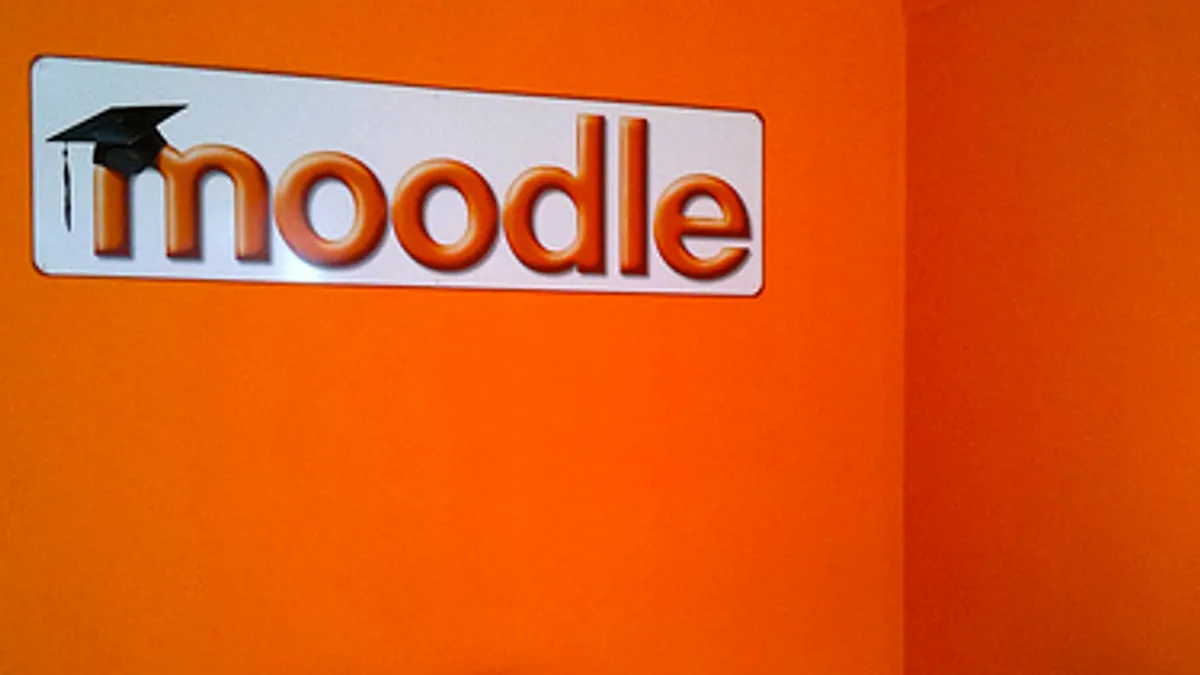A year ago, President Barack Obama announced ConnectED, an initiative with the goal of providing WiFi access to 99% of K-12 schools by 2018. While a recent cost analysis by the Consortium for School Networking and the EducationSuperHighway estimates the total cost of this initiative to be $3.2 billion, the reality is many schools with adequate funding have already long utilized technology and the Internet in a variety of ways in classrooms, professional development, and district management.
One massive shift in school structures is the introduction of learning management systems. Popularized in higher education and now working their way into K-12, LMS software provides institutions with a digital space for everything from documentation and tracking to the delivery of online teacher education and training.
Among the leaders in the space are Agilix, Blackboard, Desire2Learn, Epsilen, Moodle, and Pearson Learning Solutions. Let's take a look at a few of these as well as other LMS platforms that are slowly carving out a place in K-12.
1. Google Classroom
The search engine turned 'all-things-tech' powerhouse recently announced the introduction of Classroom, its first foray into the world of LMSes. Still in beta, Classroom allows teachers to create and collect assignments, see what students have finished, and give real-time feedback — all online. No more trekking from home to school with piles of essays or tests to grade! While most LMS platforms cost money to implement, Classroom is currently free — a massive plus for schools that want to become more high-tech but lack the budget necessary to purchase a school-wide program.
2. Pearson SuccessNet, SuccessNet Plus, and Online Learning Exchange
The popular textbook publisher and assessment creator has also entered the LMS game, creating three different options for schools to purchase. SuccessNet offers digital instruction resources and assessments. While sites like Better Lesson and Share My Lesson also provide these things, SuccessNet's resources are all vetted by Pearson and fall in line with the curriculum the company is already producing in hard copy. This looks a little less like a typical LMS as it simply has resources and lacks the tracking, documentation aspect that makes many LMS platforms so popular.
This is why Pearson also offers SuccessNet Plus, a more traditional LMS. Plus has all of SuccessNet's digital resources and assessments with the addition of planning, instruction, and tracking programs. Additionally, Pearson offers its Online Learning Exchange (OLE). The exchange helps teachers connect to and find subject-specific media, documents, and other resources that can supplement and enrich curriculum. To get an idea of pricing for a Pearson LMS, the OLE website says, "Pricing starts from as low as $4.00 per student or $2000 per building."
3. Haiku Learning
Marketed as a trifecta of "harmony, simplicity, and community," Haiku tries to simplify the task of running both classrooms and schools. Cloud-based, Haiku allows educators to keep assignments, feedback, and grades online. It uses Google ed apps to essentially streamline what's been done already while also looking ahead to what's new. For example, the new trend of assessing students on standards is already integrated into the system. Haiku additionally has a prestigious roster of schools using its software, including the Sidwell Friends School, where Sasha and Malia Obama are enrolled. While the platform is typically purchased for entire schools, teachers can sign up for a free solo account that gives them five classes and 2GB of storage.
4. Agilix Brainhoney and BUZZ
Among Brain Honey's selling points is the fact that it highlights "critical students" who need immediate help and creates to-do lists for teachers based on that data. While Agilix's Brainhoney has won an SIIA CODiE award, the company received some flack for its creation of BUZZ. The second LMS was created specifically for the Detroit-based Education Achievement Authority, a state-controlled district. Critics argued that because the platform has never been tested elsewhere, its use makes the already behind and marginalized district feel a bit like a field test or experiment for tech.
5. Schoology
Another cloud-based LMS, Schoology was created in 2009 by three undergraduates at the University of Washington in St. Louis. While the software was initially just used as a note-taking and sharing platform, it developed over time into a full LMS, complete with resource folders, tracking systems, and communication programs. Schoology accounts are free for parents, teachers, and students; however, a license is required if a school wants to link data from the platform with its other programs. Schoology is used by districts across the U.S., including Jefferson Public School District in Colorado, Palo Alto Unified School District in California, and Minnetonka Public Schools in Minnesota.
6. Blackboard
Perhaps one of the most popular LMS choices in the post-secondary world, Blackboard has created a K-12 solution, as well. Blackboard's LMS solutions in the primary and secondary space are categorized under Common Core, Innovative Learning, and Open Classroom options. These options play on the strengths of mobile devices in a classroom setting, and the company also sees mobile communication tools as a great way to keep families informed about the comings and goings in their child's school. While the Blackboard products appear to provide clear ways to share information and advise teachers, an actual tracking and documentation system doesn't seem to be at the forefront of its K-12 products.
7. Desire2Learn
Desire2Learn is used at more than 650 institutions across the globe. Its K-12 product is focused on personalized learning, blended learning and teacher professional, meant to deliver reliability, freedom, and flexibility. The company's site also features several case studies from Georgia, Colorado, New York, Missouri, and Alabama.
8. Moodle
A free open-source learning platform, Moodle is "community driven, globally supported." Documentation, trackers and resources are all provided through Moodle. The site does not have a specific "K-12" product, however, if a teacher or administrator is tech-savvy enough, they can bend the program to their school or district's needs.





















